Lymph nodes are present throughout the body and are an important part of the immune system in animals. Their main function is to drain and monitor lymph from specific locations in the body. Lymph, also known as lymphatic fluid, is a liquid that forms from normal leakage of microscopic blood vessels in tissues. It is […] Read more
Stories by Jamie Rothenburger, DVM
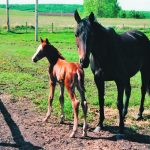
Placental disease can cause pregnancy loss in farm animals
In health, the placenta does the incredible task of supporting fetal development. But when abnormalities or disease occur in this organ, pregnancy loss or poor-doing offspring are the result.

Placentas form amazing interface between fetus and dam
Placentas protect the fetus by providing a barrier between it and the maternal system. The female’s immune system would attack the fetus as a foreign invader, if not for the placenta.
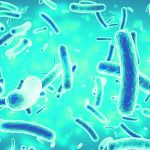
Not all microbial pathogens cause disease in the same way
These examples of disease-causing strategies underline that pathogens use different means to survive, spread and cause disease. It is through an understanding of these underlying mechanisms that we attempt to diagnose, treat and control disease in animals.
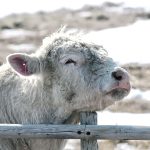
Certain pathogens aim to cause severe illness in animals
A primary pathogen’s objective is to make its hosts sick, or dead in the case of anthrax, so it can spread further. It is a different strategy than that used by opportunistic pathogens, which generally live in peace with their hosts and only cause disease if something changes.
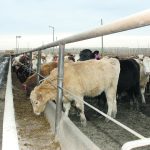
Opportunistic microbes can use underlying conditions
Infectious diseases occur when something tips the balance of the complex interactions between the host, pathogen and their environment. In terms of microscopic pathogens, the main ones include viruses, bacteria and fungi. These pathogens are often categorized into two groups based on fundamental characteristics: primary pathogens and opportunistic pathogens. Understanding these groups is a key […] Read more
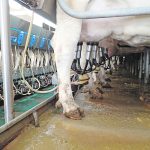
This weird algae can cause severe infections in animals
Among the more weird and wonderful pathogens that infect animals are the poorly understood algae known as Prototheca (pronounced proto-thee-ca). At about 20 micrometres in diameter (about half the width of a human hair), these are tiny beings. Related to green algae, Prototheca have lost their chlorophyll and thus have no ability to produce energy […] Read more
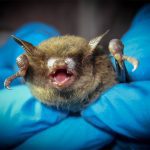
Deadly fungus threatens bat population as it reaches Alberta
The fungus that causes a deadly infection called white nose syndrome in wild bats has been detected in Alberta for the first time this winter. Samples of bat guano from the southeastern portion of the province tested positive for the fungus. Similar guano-sampling efforts led to the identification of the fungus in several areas of […] Read more
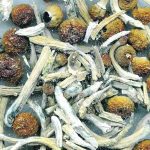
Future potential of psychedelics in animals
Headlines about psychedelics seem to be everywhere these days. There is even a Netflix documentary out called How to Change Your Mind. Growing research suggests that psychedelic substances could treat a variety of intractable and challenging mental health conditions in people, such as severe depression, post-traumatic stress disorder and substance use disorders. For individuals with […] Read more
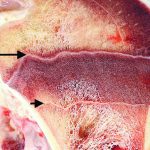
Animals can suffer from a wide variety of bone diseases
This is the time of year when I prepare to teach the University of Calgary’s second year veterinary students about bone diseases. One could make all sorts of arguments about why bones are important for animal health and are an interesting system to study. But it really boils down to this: as Dr. Andy Allen […] Read more



